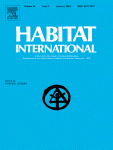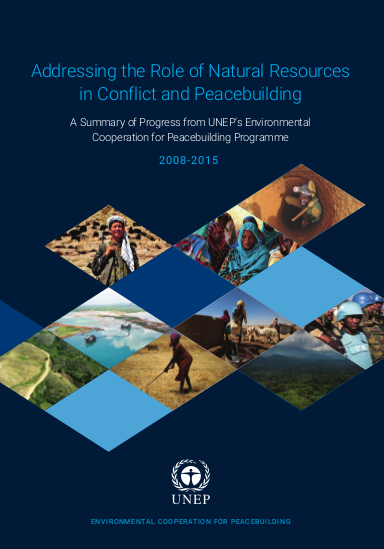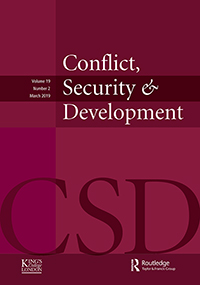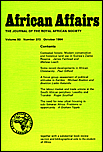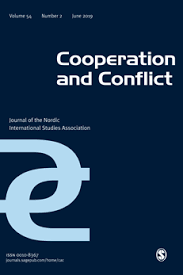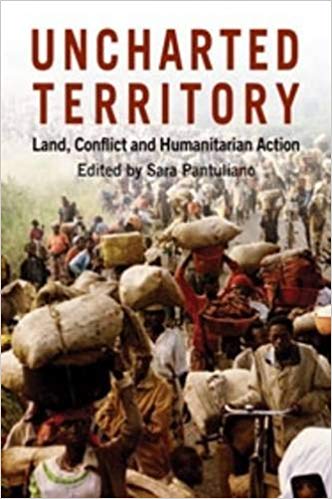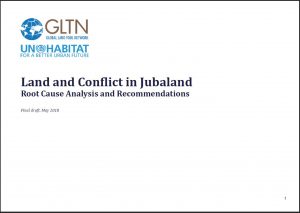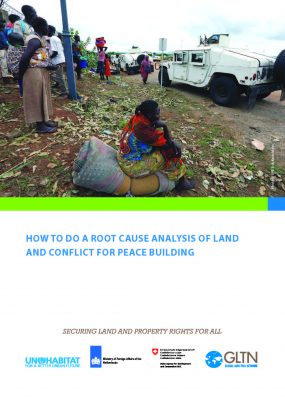The Environmental Consequences Of Peace With The FARC
Nature and Peace in Colombia: The dissolution of the FARC guerrilla in Colombia has made it safe to work in the rainforest again. Now, the region’s biodiversity is vulnerable to development and exploitation of natural resources. Subscribe to Journeyman here: http://www.youtube.com/subscription_c... “Many of the forests in the Andean region were preserved because the peasants and ranchers did not dare to visit their property”, says herpetologist John Lynch.



